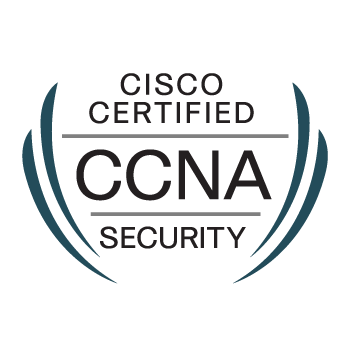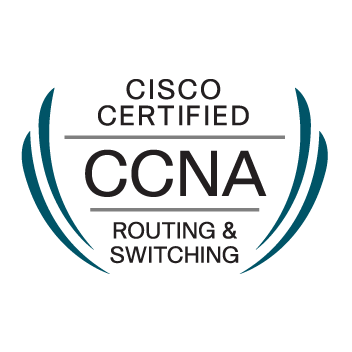- Cisco Community
- Technology and Support
- Security
- Network Access Control
- Help Needed: Create Real-Time Change Monitoring Dashboard in Cisco ISE
- Subscribe to RSS Feed
- Mark Topic as New
- Mark Topic as Read
- Float this Topic for Current User
- Bookmark
- Subscribe
- Mute
- Printer Friendly Page
Help Needed: Create Real-Time Change Monitoring Dashboard in Cisco ISE
- Mark as New
- Bookmark
- Subscribe
- Mute
- Subscribe to RSS Feed
- Permalink
- Report Inappropriate Content
07-04-2025 08:45 AM
I’m looking to create a dashboard within Cisco ISE or Cisco DNA Center that provides a real-time view of recent configuration activities. The goal is to capture and display changes made within the last 5 minutes.
Requirements:
Who performed the change (user identity)
Which device was changed (e.g., switch, router)
What changes were made (summary of configuration or command)
Timestamp of when the change occurred
Purpose:
To use the dashboard as an audit tool for tracking near real-time administrative or configuration changes across the network.
Request:
I’d appreciate any guidance, best practices, or examples on implementing this in Cisco ISE or DNAC. Information on APIs, logs, or custom dashboard capabilities would be especially helpful.
- Mark as New
- Bookmark
- Subscribe
- Mute
- Subscribe to RSS Feed
- Permalink
- Report Inappropriate Content
07-04-2025 10:54 AM - edited 07-04-2025 10:55 AM
If you need minute-by-minute resolution for this you will have to pull this from tacacs live logs & authorization/accounting. You can view this directly under Operations > Tacacs > Live logs, or you can pull the data from the MNT API: https://community.cisco.com/t5/security-knowledge-base/ise-monitoring-api-examples/ta-p/4800437#U4800437 https://developer.cisco.com/docs/identity-services-engine/3.0/introduction-to-monitoring-rest-apis/
EDIT: If you are sending logs to an external log system you can also probably use that system to make a dashboard for this.
Get in touch: https://torbjorn.dev
- Mark as New
- Bookmark
- Subscribe
- Mute
- Subscribe to RSS Feed
- Permalink
- Report Inappropriate Content
07-04-2025 07:11 PM
Can use Operations > System 360 > Settings in the Cisco ISE interface.by using Elastic relies on Log Analytics for data processing and visualization... Can you help with this log analytics with elastic..
- Mark as New
- Bookmark
- Subscribe
- Mute
- Subscribe to RSS Feed
- Permalink
- Report Inappropriate Content
07-05-2025 07:54 PM - edited 07-05-2025 08:05 PM
I’m working on implementing a real-time configuration change tracking dashboard using Cisco ISE (Operations > System 360 > Settings) or Cisco DNA Center. The goal is to visualize configuration changes made within the last 5 minutes for audit purposes.
Key Requirements:
User Identity: Who performed the change
Device Details: Which network device was modified (e.g., switch, router)
Change Summary: What configuration/command was applied
Timestamp: When the change occurred
We are exploring integration with Elastic (ELK stack), which relies on Log Analytics for data processing and visualization. Since Elastic offers options for tables and visual content creation, we would like to understand:
What metrics, logs, or APIs are available from Cisco ISE or DNAC to support this use case?
Are there any best practices or reference examples for integrating Elastic with Cisco ISE/DNAC for real-time monitoring?
Can the native logging and telemetry features in ISE or DNAC be forwarded or transformed to work effectively with Elastic?
Any suggestions, architectural insights, or documentation.
- Mark as New
- Bookmark
- Subscribe
- Mute
- Subscribe to RSS Feed
- Permalink
- Report Inappropriate Content
07-07-2025 02:33 AM
As far as i know, there is no webbook for ISE, and using the API here might be too intense for amount of data you want pull on the frequency, so you can use a push method from ISE, you can use the syslog to push all these actions from ISE into data to Logstash, as you mentioned you are using ELK here or you could push directly to elasticsearch. Cat Centre/DNAC you can use the API or webhook approach, there isnts a config change API, so you would need to use several APIs to get the necessary information needed here, so would lean more into webhooks which would provide a good real time (or close to) notifications, pushing the event to your receiver as soon as it happens, eliminating the need for constant polling with APIs. You could still use the API for historical information tho.
I would probley take a hybrid approach here.
Connect with me https://bigevilbeard.github.io
- Mark as New
- Bookmark
- Subscribe
- Mute
- Subscribe to RSS Feed
- Permalink
- Report Inappropriate Content
07-07-2025 04:27 AM
I would use syslog as @bigevilbeard mentioned. I don't remember enough of how ELK configuration works to advice how you should do it, but the procedure for syslog configuration on ISE can be found here: https://www.cisco.com/c/en/us/support/docs/security/identity-services-engine/222223-configure-external-syslog-server-on-ise.html
Get in touch: https://torbjorn.dev
Discover and save your favorite ideas. Come back to expert answers, step-by-step guides, recent topics, and more.
New here? Get started with these tips. How to use Community New member guide





